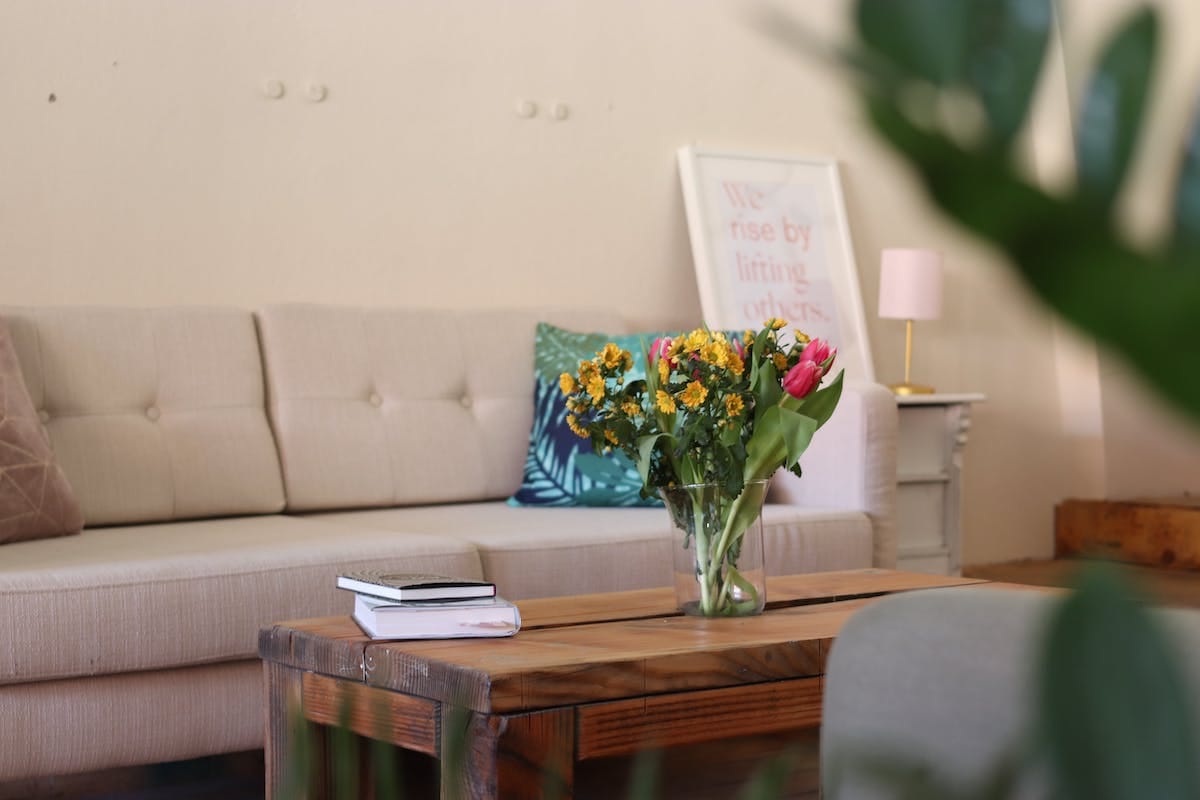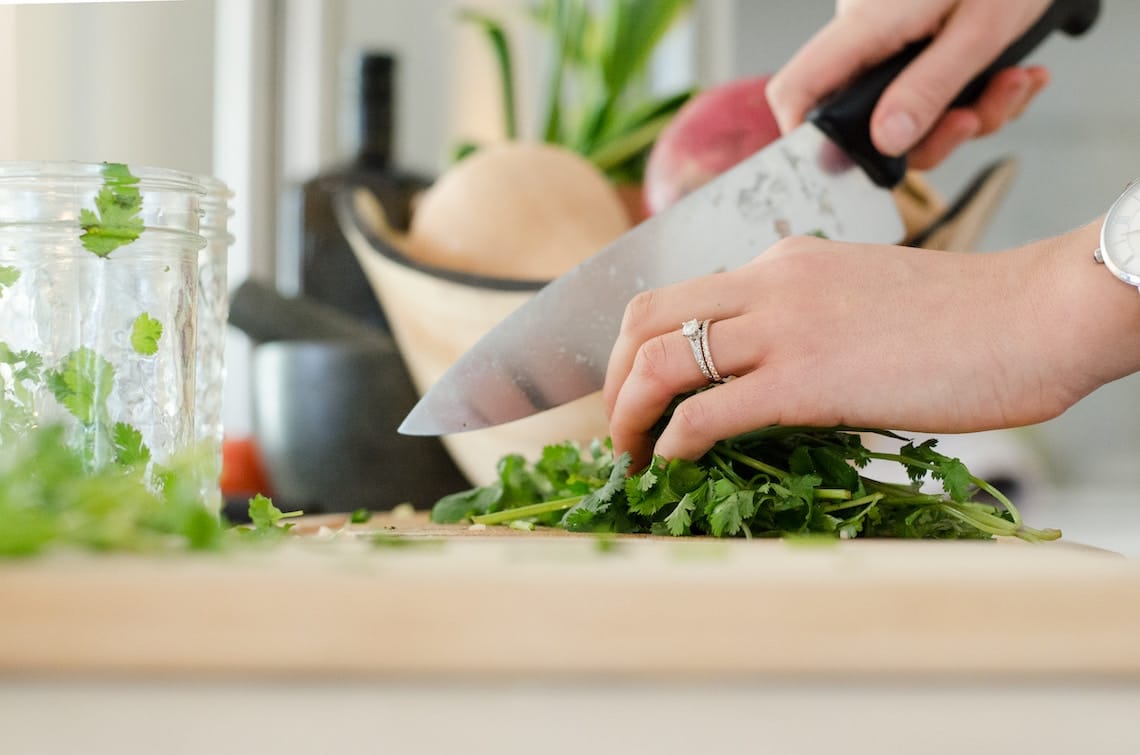From soothing soundscapes to beneficial scents, there are simple ways we can curate our sensory input
Pause for a moment and think about the uplifting scent of coffee on a sun-dappled morning, the feel of a cool breeze tickling your bare skin, or the rhythmic sound of waves crashing on the shore…
We tend to think about happiness in terms of big life events or specific occasions, but on a day-to-day level, it is arguably the experiences that we derive from our five senses that offer the purest form of enjoyment. This is the backbone of ‘sensehacking’ – a technique that taps into the power of our senses, and sensory stimulation, to improve our wellbeing.
The term was coined by experimental psychologist Professor Charles Spence. His book, Sensehacking: How To Use The Power Of Your Senses For Happier, Healthier Living, explores the huge influence our senses wield in all aspects of our lives and how, by ‘hacking’ them to unlock the pleasurable side of sensory stimuli, we can become happier, less stressed, and more productive. So, how can we start to use it?
Increase the positives
“From the moment we are born until the last breath we take, sensation is fundamental to our existence,” writes Charles Spence. “Everything we perceive, experience, and know comes to us through our senses.”
As such, sight, smell, hearing, touch, and taste have a massive influence on our lives, and while we can’t realistically cut out all the information and distractions that bombard us each day, we can be proactive in increasing positive sensory experiences. From soothing soundscapes to beneficial scents, or the use of colour to improve our mood (whether in our choice of paint colours at home, or ‘dopamine dressing’ in shades that make us feel good), there are simple ways we can curate our sensory input.

The nature effect
We spend the vast majority of our lives indoors. One of the most powerful ways to sensehack our daily experience is getting out into nature more often. It’s a theme that runs through Spence’s book, and there are reams of research backing up the potency of ‘the nature effect’. Even small doses of nature have been shown to improve wellbeing, so going for a walk in local green space is a simple way to calm busy brains, and reset overloaded systems. However, it is vital that we do more than passively wander; we need to engage with the experience through our senses, tuning-in to sights, sounds, textures, and smells.

Hacks for the home
Given the fact that many of us are spending so much of our time inside, it’s worth making our home environment as pleasurable as possible for the senses. Whether you do this through scent – bunches of flowers and scented candles are obvious hacks – or through soundscapes that help make you feel more relaxed or more energised, it takes just an instant to enhance your sensory experience at home.
Paint colour and lighting play a part, too. Colours from the cooler side of the colour wheel, such as blues or greens, are associated with calm, while browns and taupes are thought of as rich and comforting, and bold, warm shades like reds and yellows are typically linked to stimulating, cheerful energy. Incorporating contrasting materials and textures into our homes helps to exude a sense of warmth and balance, while researchers have also pointed to the subconscious benefits of rounded forms, which convey a more welcoming effect than angular furniture and objects.

Savour the feel-good
The beauty of sensehacking is that it’s totally intuitive and can be incorporated into our lives in so many easy ways. We simply need to be attentive to our senses, and the specific stimuli that make our lives calmer and more innately enjoyable. The fundamental message is to savour the things that make you feel good. Be mindful of the tingle on your skin under a steaming hot shower; luxuriate in the mouthfeel of a creamy dessert; breathe in the zingy scent of chopped herbs as you cook; absorb the thudding pulse of a drumbeat during your workout.

As Charles Spence explains in his book: “By avoiding sensory overload, sensory imbalance, and sensory conflict, every one of us has the tools at our disposal to live happier, healthier, and more fulfilling lives.” It’s time we began paying attention to the power of our senses, and harnessed them to make our daily lives more mindful and, ultimately, more joyful.


Comments